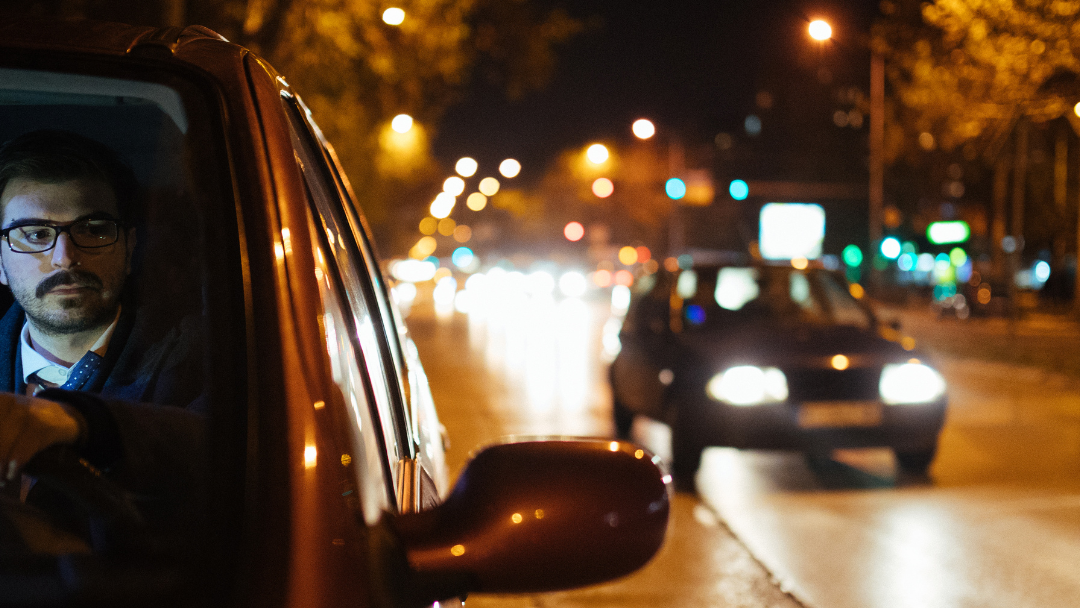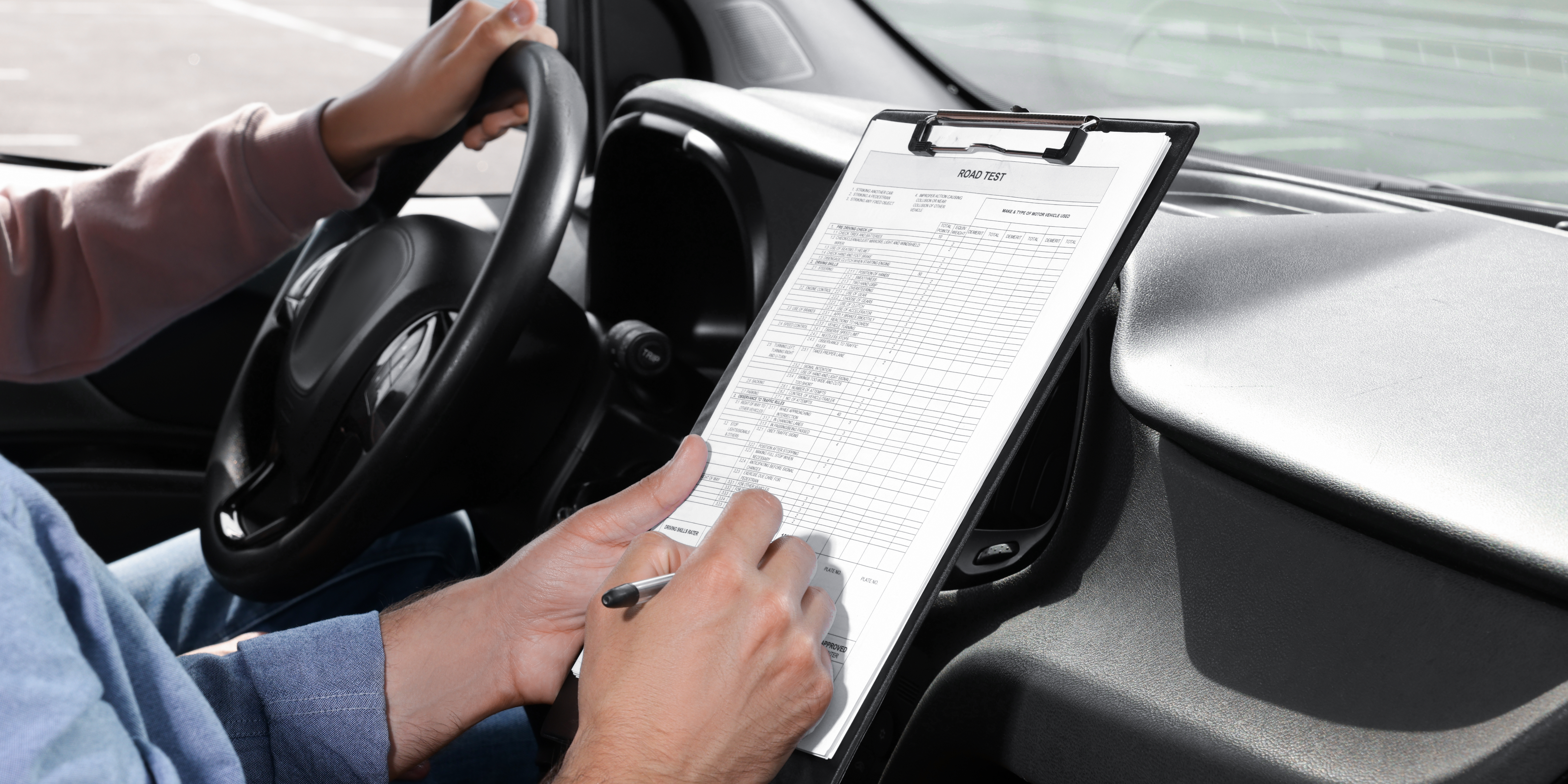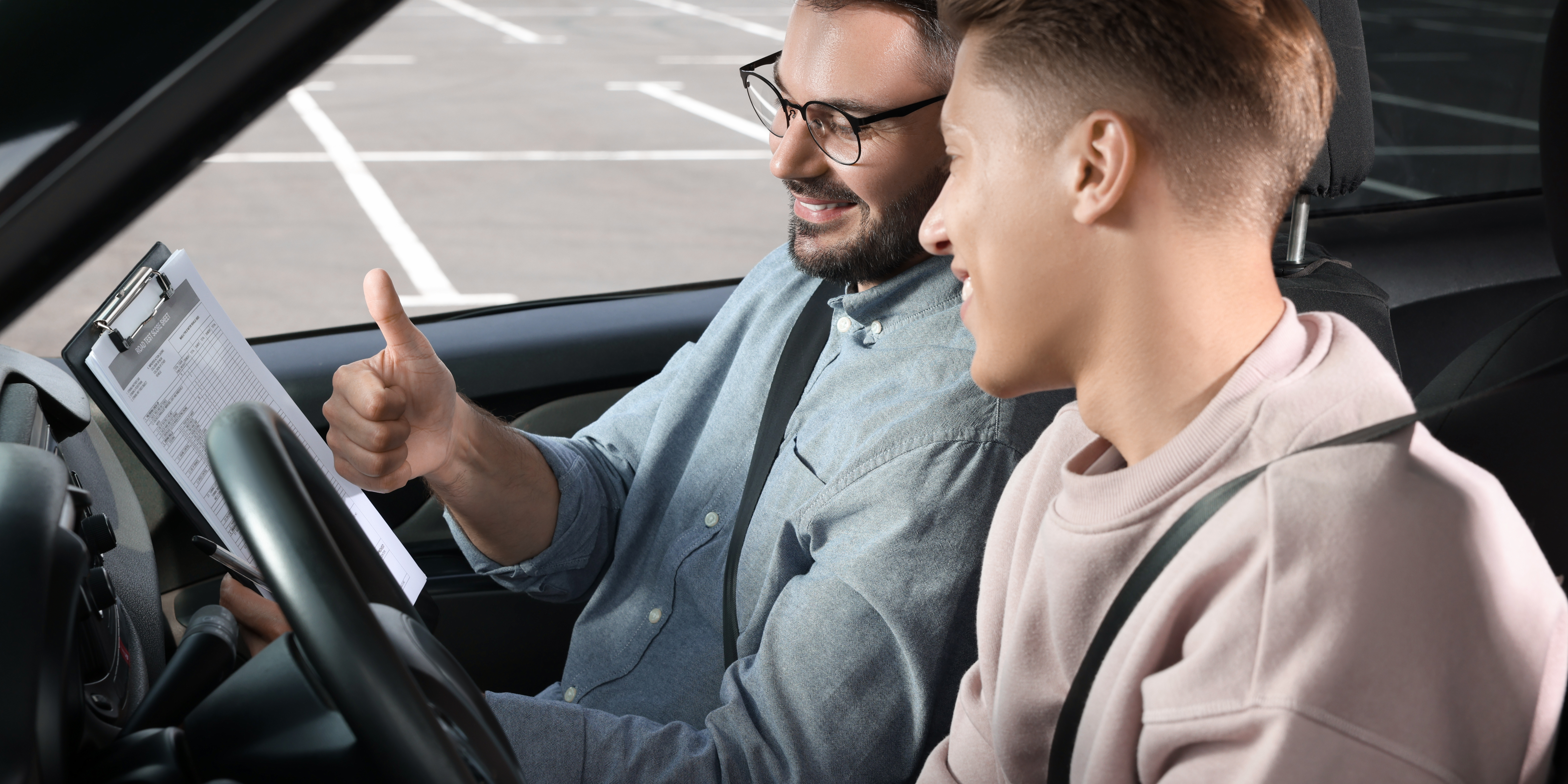
Ontario has graduated licensing rules that limit when and how new drivers can drive at night. These restrictions are in place to help G1 and G2 drivers gain experience gradually and reduce the risk of accidents.
G1 Drivers: No Night Driving Allowed Without a Fully Licensed Driver
- G1 license holders must always drive with a supervising driver who holds a full G license with at least four years of experience.
- Night driving on 400-series highways (like the 401 or 403) is not permitted for G1 drivers, even with a supervisor.
G2 Drivers: Night Driving Restrictions for Drivers Under 20
If you’re a G2 driver under the age of 20, there are additional restrictions between midnight and 5:00 a.m.:
- In the first 6 months with your G2, you can only carry one passenger under 19 during these late hours.
- After 6 months, you can carry up to three passengers under 19 during these hours.
- These restrictions do not apply if you are driving with a fully licensed driver or if the passengers are family members.
Once you earn your full G license, these night driving restrictions are lifted.
Challenges of Night Driving in Ontario
Night driving brings unique challenges that require extra caution and focus. Some of the most common difficulties include:
- Reduced visibility: Roads are less visible, making it harder to spot pedestrians, cyclists, animals, and road hazards.
- Glare from headlights: Oncoming vehicles or cars behind you can cause temporary blindness with bright headlights.
- Fatigue: Driving when tired reduces concentration and slows your reaction time.
More impaired drivers on the road: Statistically, late-night hours see more drivers under the influence of alcohol or drugs.
Practical Tips for Safe Night Driving in Ontario
1. Use Your Lights Properly
- Turn on your headlights at least 30 minutes before sunset and keep them on until 30 minutes after sunrise.
- Use high beams on dark roads, but switch to low beams when approaching other vehicles to avoid blinding them.
- Make sure all your vehicle’s lights (headlights, taillights, and turn signals) are functioning properly.
2. Reduce Speed and Increase Following Distance
- Drive slower than usual at night to give yourself more time to react to unexpected hazards.
- Maintain a larger following distance—at least 4 to 5 seconds behind the car in front of you.
3. Manage Glare from Headlights
- If oncoming headlights are too bright, focus your gaze to the right edge of the road to avoid direct glare.
- Adjust your rearview mirror to the night or “anti-glare” setting to reduce brightness from cars behind you.
- Keep your windshield clean inside and out to prevent streaks and glare.
4. Stay Alert and Avoid Fatigue
- Take breaks every two hours on long night drives to rest your eyes and recharge.
- If you feel drowsy, pull over at a rest stop or gas station—even a short nap can help.
- Drink water and avoid heavy meals before driving, as they can make you feel more sluggish.
5. Watch for Wildlife and Pedestrians
- Many animals are active at night, especially in rural areas. Slow down in areas with wildlife crossing signs.
- Keep an eye out for pedestrians and cyclists, especially near poorly lit intersections and side streets.
6. Use Your Peripheral Vision and Scan the Road
- Train yourself to scan the road ahead and check mirrors frequently to spot hazards early.
- Use your peripheral vision to notice movement in low-light conditions.
What to Do in Case of Emergency While Driving at Night
- If your car breaks down, pull over to a safe area (like a shoulder or parking lot) and turn on your hazard lights to make yourself visible.
- Keep a flashlight and reflective gear in your vehicle for emergencies.
Stay inside your car if possible and call roadside assistance for help.
Night Driving Practice for G2 Drivers
- Practice night driving with a licensed supervisor to build confidence in low-light conditions.
- Consider driving school lessons at night, where instructors can teach techniques for handling glare, fatigue, and night-time hazards.
Practicing highway driving at night is particularly useful, as it will help prepare you for the highway portion of your G test.
While night driving in Ontario can be challenging, following the right techniques will help you stay safe and confident. Understanding the night driving restrictions for G1 and G2 drivers is also essential to avoid penalties and stay compliant with Ontario’s graduated licensing system.
By practicing smart driving habits—like managing glare, taking breaks to avoid fatigue, and staying alert—you’ll improve your night driving skills and build confidence behind the wheel. Whether you’re preparing for your G test or just starting with your G2 license, gaining night driving experience is a key part of becoming a responsible driver. If you need more practice or want to boost your night driving skills, book a lesson with our experienced instructors today!



